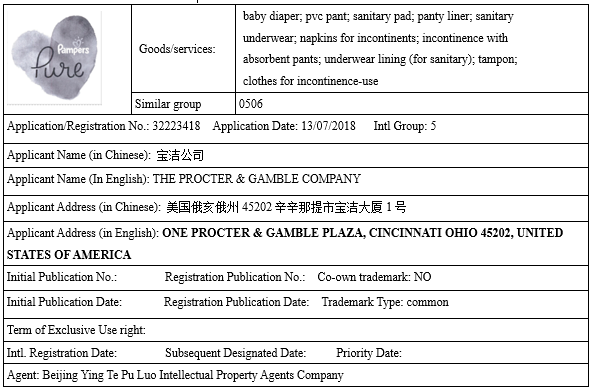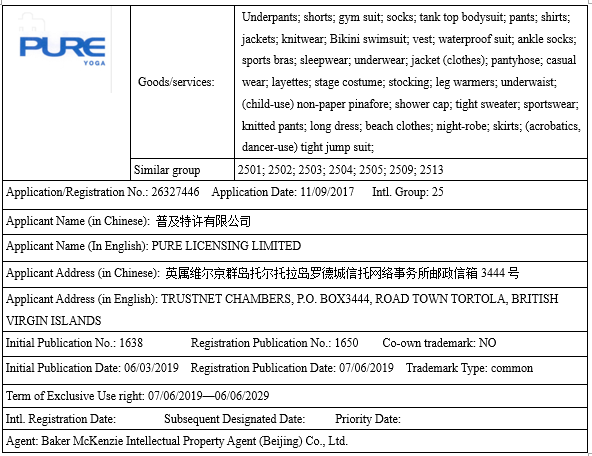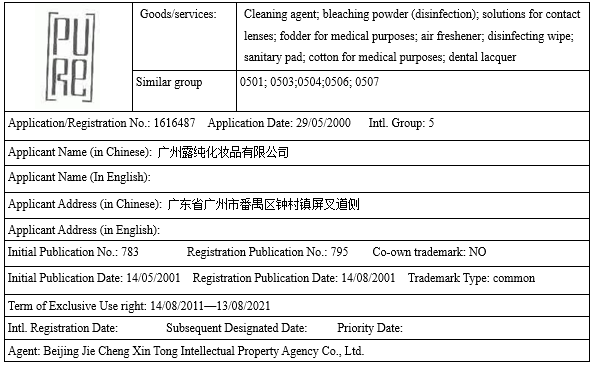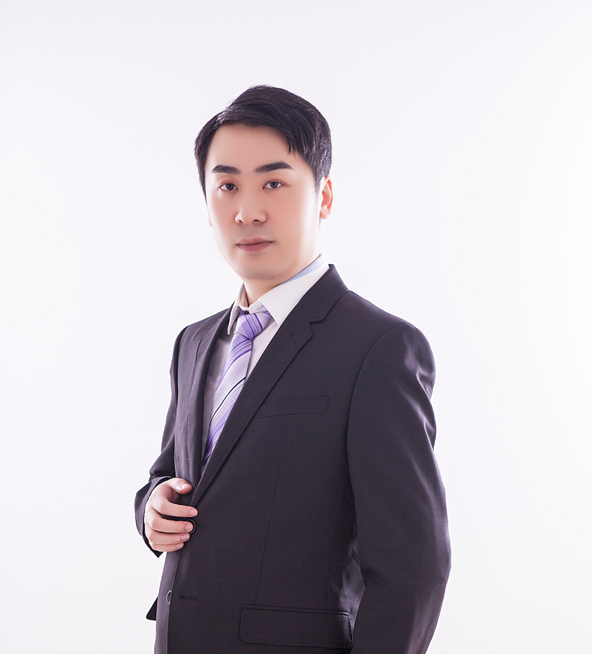


Whether the evidence on the use of applied-for trademark needs to be filed in the case of rejection review? Also, how about its’ effectiveness, this is a long-term problem that plagues many trademark agencies. Such troubles, in many situations, have been posed by many examiners of the trademark administrative authorities and judges who tend to not consider the popularity of the applied-for trademark in cases of rejections of review, also, such kind of the tendency has been confirmed by the relevant guidance of review. For example, Article 15.3 of Guidance on Examining Administrative Case of Trademark Authorization and Confirmation that issued by Beijing Higher People’s Court, among administrative cases regarding rejection review of the application for trademarks, whether the disputed trademark and cited trademark constituted similarity, it mainly identified by factors, i.e. the degree of similarity between the disputed trademark and cited trademark. The popularity of the disputed trademark may not be considered.
As per the Guidance mentioned above, we can see that the court still tends to regard the procedure of rejection review as a procedural issue during the stage of a trademark’s authorization, however, the owner of cited trademarks has no chance to participate the procedure during the operation, also, they have no chance to propose suggestions to relevant evidence on popularities regarding their own trademarks and applied-for trademark. Furthermore, the Court considers that if the applied-for trademark and cited trademarks are identified as non-similar trademarks based on the popularity, it will pose damages to cited trademark owner’s rights. Even more to the point, in a case of rejection review, Beijing Higher People’s Court has added the owner of cited trademarks as the third person in a case of rejection review, to conquer “procedural injustice”, however, such kind of measure has been denied by guidance of examination issued by Beijing Higher People’s Court, because such kind of measure may be a shock to the existing system of trademarks, after all, if administrative cases of rejection review are to add a third person to express their opinions, then why we need opposition and invalidation procedures ?
Someone may ask if this is the case, why do we need to discuss the necessity of filing the evidence on the use in the stage of the examination of rejection, isn’t the answer obvious? It is not true, the author will take a case to illustrate the possible role of using evidence in an examination of refusal.
Janlea acted for P&G in its appeal against Shang Ping Zi (2019) regarding the refusal review of the trademark “Pampers Pure and device” under trademark no. 32223418, in this case, China National Intellectual Property Administration (CNIPA) identified the applied-for trademark and cited trademark 1,2 and 3 have constituted similarity on the identical or similar goods, furthermore, violated Article 13 of Chinese Trademark Law. The agent filed the evidence of use on P&G “Pampers Pure (bang bao shi chun jing bang in Pinyin)” , as well as pieces of evidence to prove that P&G’s trademark “Pampers/帮宝适(Bang Bao Shi in Pinyin)” has been identified as well-known trademark and enjoy high reputation. In the first instance, Beijing Intellectual Property Court held that the disputed trademark is a trademark contains characters and designs, the character “Pure” has been artistically designed, also, the disputed trademark contains significant character “Pampers” and heart design. “Pure” can be explained as “purity”, with weak significance. Three cited trademarks are all include the character “pure”, however, the order and type of the character have been designed. Considering the whole disputed trademark, i.e. combination of the character and the device, as well as the significance of the character, the disputed trademark is different from cited trademarks, they did not constitute similar trademarks. Considering the popularity and using status of the disputed trademark’s prior trademark “帮宝适 (Bang Bao Shi in Pinyin), “Pampers”, the coexistence of the disputed trademark and cited trademarks on goods mentioned above will not likely to pose the confusion among the public. The decision of complained has improper identification, the court granted to cancel the decision of complained. After CNIPA has appealed the decision of the first instance, Beijing Higher People’s Court refused CNIPA’s appeal and upheld the original judgement in the administrative judgement with document no. (2020) Jing Xing Zhong No.4483.
Hence, we can see that, principally, the court did not consider the popularity of the applied-for trademark in the administrative litigation of refusal review. However, the popularity of the applied-for trademark can reflect, to a certain extent, the differentiation and discrimination to trademarks in the eyes of the public, furthermore, it can be inferred whether it is easy to cause confusion with other trademarks. As per Trademark Examination and Review Standard issued by CNIPA, when CNIPA judges whether trademarks constitute similarity, if the trademark completely contains other person’s word trademark which has prior used with some reputation or with strong significance, the goods or services are liable to be misidentified by the public as belonging to a series of trademarks, they shall be judged as similar trademarks. It can be seen in the stage of reviewing the refusal of a trademark, CNIPA has already held that, the reputation of the trademark could be one of factors for the consideration, because, to some extent, the reputation has reflected the recognition of the public, it is an effective referential factor to judge whether the coexistence of a trademark and other trademarks may cause the confusion.
Therefore, in the cases of examination of refusal, the agent should fully communicate with the client and require them to provide pieces of evidence regarding the use of the trademark as much as possible, also, should try the best to make examiners and judges more intuitive from the prospective of the public understanding to identify whether the coexistence of applied-for trademarks and cited trademarks in the market is easy to cause the confusion and misrecognition.
The legal service group leading by the attorney Mrs. LI Shuhua, from Beijing Janlea Law Firm, served P&G the whole legal service during the first and second instance.
APPLIED TRADEMARK:

CITED TRADEMARK 1:

CITED TRADEMARK 2:

CITED TRADEMARK 3:

 Practise Fieled:
Practise Fieled: Attorney:
Attorney:

